What is voter suppression, and do you think the term is used too casually?
Voter suppression is an umbrella term used to define multiple ways that artificially lower (suppress) the number/demographic categories of voters eligible to vote in an election.
Some voter suppression is blatantly obvious and intentional-literacy tests, physically intimidating voters, purging voter registrations, overly restrictive Voter ID laws, failure to comply with the Americans With Disabilities Act (ADA), permanent disenfranchisement of convicted felons, conspicuous presence of law enforcement in and around polling places, and deliberately providing incorrect information about where and when to vote.
Unintentional voter suppression is trickier to determine. Most activists and voters consider long lines, closed polling places and Voter ID as suppressive tactics. Most election officials will point out that long lines are a sign of high turnout, and no matter how well staffed the election team is, there is a finite number of voters who can be processed at any given time, and the longer the ballot, the longer everyone will take to vote. In states that rely on electronic voting machines, most polling places only have a handful of machines due to their prohibitive cost, and if even one machine fails, that’s enough to extend the waiting time an additional 15-20 minutes. Is that premeditated? No. But in my view, if there’s a pattern of equipment failure or shortage of precinct supplies at specific polling places in low-income or majority-minority neighborhoods, that is a high risk factor for deliberate voter suppression.
Voter ID is commonly labeled a suppressive tactic. It certainly can be, depending on the state/territory. Some states have a very broad ID law, and 97% of voters have something that is acceptable. Other states have overly restrictive ID laws, and only certain groups of voters will be able to obtain them with minimal time and expense. Some states have no ID requirement, but if a voter has a very common name/DOB, it’s not unheard of for voters to get mixed up and be forced to vote by provisional ballot. The spirit of Voter ID might have been exclusionary, and in some cases, it still is. On the other hand, ID makes it significantly faster to process voters (lines get shorter!) and help them if there is a problem. Is this trading one form suppression for another?
One area of the Voter ID suppression debate I will wade into with both fists is when states change ID laws and don’t do enough outreach to educate voters and poll workers on what ID can be accepted, thus giving voters the impression that they don’t have the right form of identification (keeping them from showing up to vote). There needs to be far more citizen input when drafting Voter ID legislation.
Speaking of areas where citizen input would be fantastic – the general location of polling places. In non-Vote by Mail states, figuring out where voters can go is, at times, an exercise in futility. Many establishments are unable to give up access and control of their facility for the two days prior to an election. Others are a nightmare for disabled or elderly folks to navigate independently. Due to bizarre feats of gerrymandering, sometimes a longtime polling place is lost to a redrawn district map, and if the local election authority doesn’t provide information about the new location in a timely manner, there’s an additional burden placed on voters in terms of time and transportation.
There are no easy answers to voter suppression, and most of the fault for it lies at the feet of politicians more concerned with stacking the deck in their favor so they can get re-elected ad infinitum. While politics is truly a smash-mouth game, election administration cannot be, and election officials are often hamstrung by poor funding and discriminatory laws.
Is the term “voter suppression” thrown around too casually? It depends. There are certain groups of people who are actively dissuaded from voting by multiple sources. However, for something to qualify as voter suppression, a clearly documented pattern of suppressive action against specific groups of voters needs to be established, and there has to be enough data to quantify the level of suppression, the frequency, and the precedent for legal action.
What’s the best way for pollworkers to keep voter wait times as short as possible?
Line management skills are a must. Before voting starts, take a look around the facility to determine how many voters can be let in at a time, and confirm that with the polling place manager. Ensure that voters know to have their ID out and ready to hand to the check-in staff. Have clipboards with pens and forms attached and pass them out to voters in line. Use the Voter Wait Time app from Center from Technology and Civic Life to determine how long it takes to process each voter on average. Cutting wait times is doable, it just takes teamwork and planning.


1 Comment
Almost all of your examples are not true voter suppression, but rather called “life”. Actual acts of voter suppression would be intimidation at the polls and/or disenfranchisement via fraud.
You mention”Conspicuous presence of law enforcement”. How about the conspicuous presence of gangs?